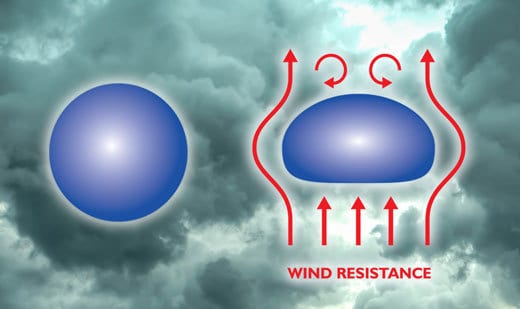
The bigger the raindrop, the faster it falls, and the more it is affected by air pushing against its bottom. The top remains spherical, even on bigger falling raindrops, because surface tension-those water molecules clinging to each other-is greater than the pressure of airflow above. Drops that are 2 to 3 millimeters (just under one-eighth of an inch) in size are big enough to be affected by air pushing against them as they fall.īecause the airflow on the bottom of the raindrop is greater than the airflow on the top of the raindrop, this creates pressure on the raindrop's bottom, and its shape becomes flattened, like a sandwich bun, or punched in, so it looks like a kidney bean. Small raindrops, less than 1 millimeter in size (less than one-sixteenth of an inch), retain a roughly rounded shape because of surface tension, but drops can collide into each other as they are falling and form bigger raindrops. So, the water molecules in raindrops cling together, in their round little community, until… Farewell, Cloud Country The water molecules stick together because they are more attracted to bonding with each other than they are to bonding with air. Raindrops form into this shape because of the surface tension of water, which is sometimes described as a "skin" that makes the water molecules stick together. The drops sitting up here are like little globes of water, nearly round and spherical. Way up high in the atmosphere, dust and smoke particles suspended in clouds create places where moisture can settle and form into drops. This new video from the Global Precipitation Measurement mission explains why. Raindrops are actually shaped like the top of a hamburger bun, round on the top and flat on the bottom. This popular misconception is often reinforced in weather imagery associated with predictions and forecasts.



When asked to picture the shape of raindrops, many of us will imagine water looking like tears that fall from our eyes, or the stretched out drip from a leaky faucet.


 0 kommentar(er)
0 kommentar(er)
